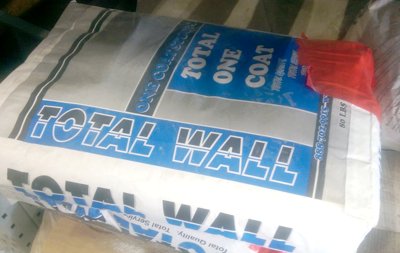Caulk over window
or door flashing
Causes severe rot.
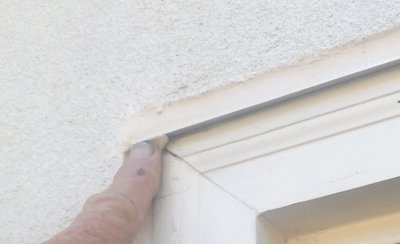
October 2015-Photographic proof that what I said about
caulk over flashing
isn't far fetched.
The area above the the flashing is
the water exit
for any water that penetrates the
wall
The bottom of this trim on the door has been patched twice, and is still wet on this less than 10 year old house in South Riding, Virginia. The house has one coat fake stucco with a synthetic (fake) finish. Over the door has EIFS foam details.
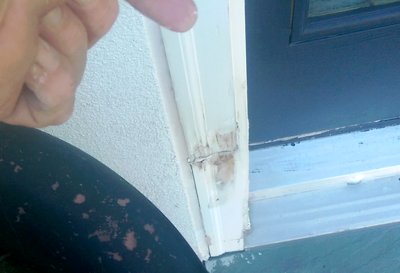
You may have seen my illustration about flashing
here.
Real Estate fraud
rampant in
Northern Virginia
and the whole Washington, DC area.
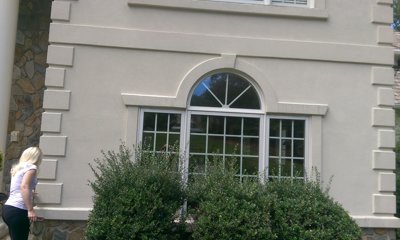
This house in Great Falls, Virginia is
advertised as Traditional three
coat stucco and no EIFS.
The house really is synthetic one coat
stucco with EIFS details.
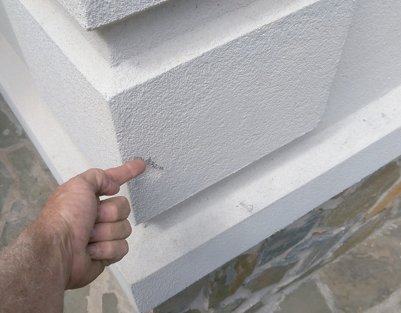
Hole in flimsy foam is obvious evidence of EIFS.
This is another house built to rot.
The window flashing over the windows is
caulked shut, and EIFS details and
caulk stops up the weep holes under metal
windows.
